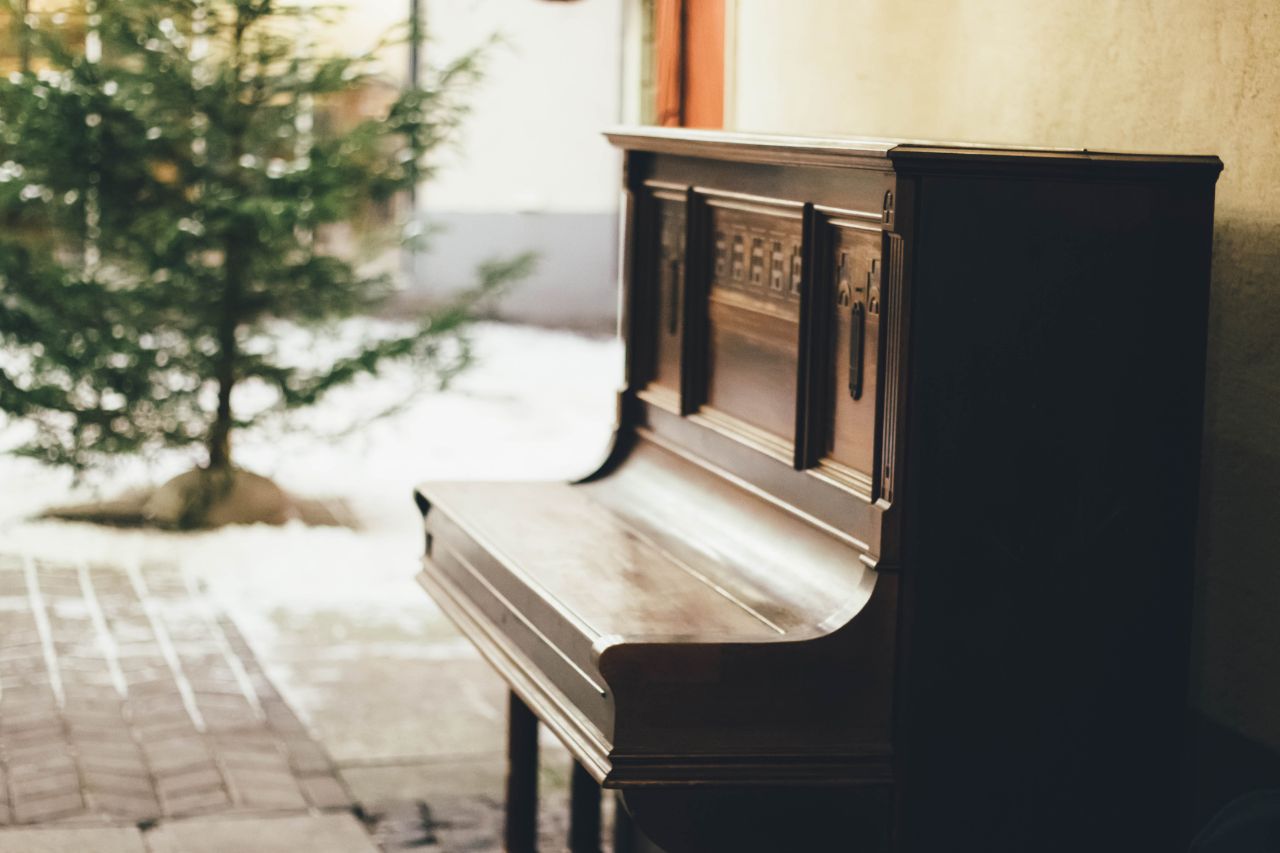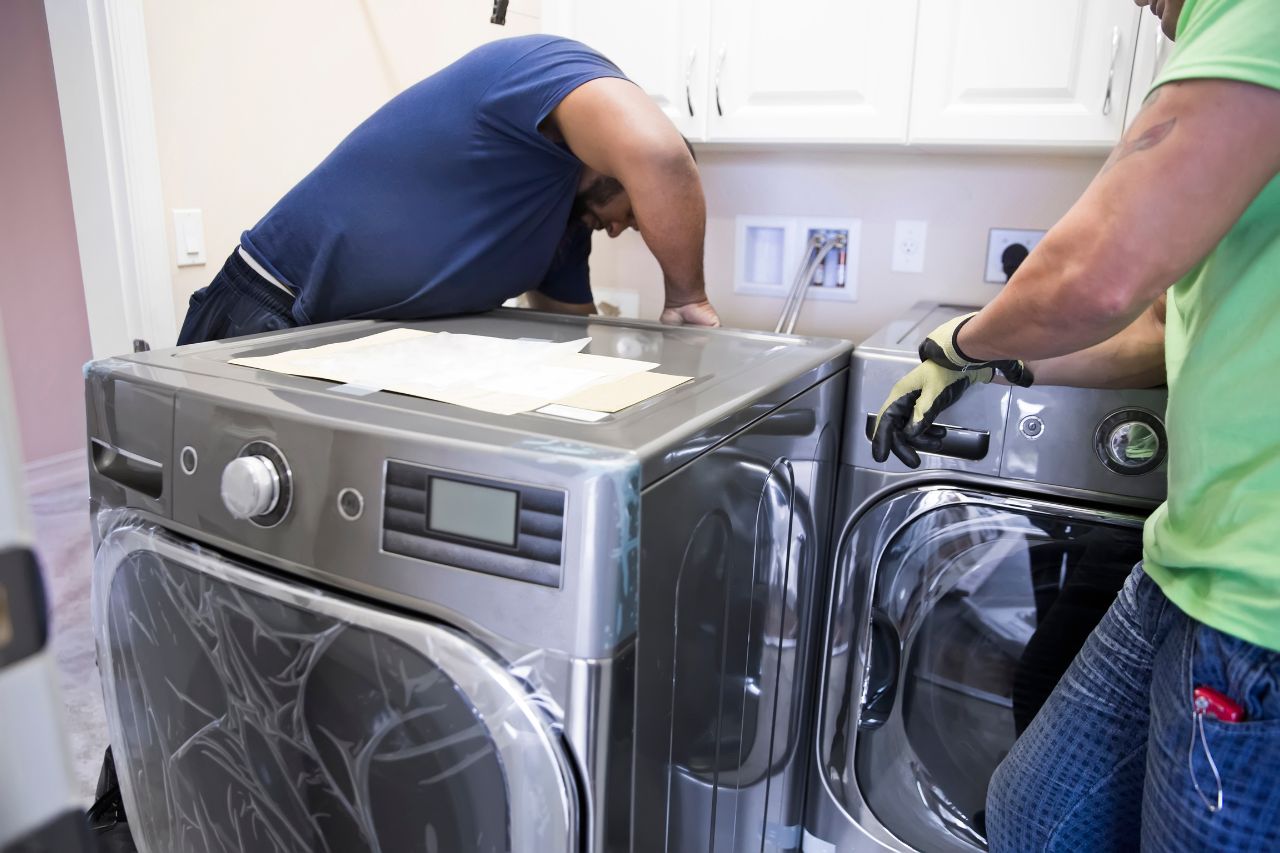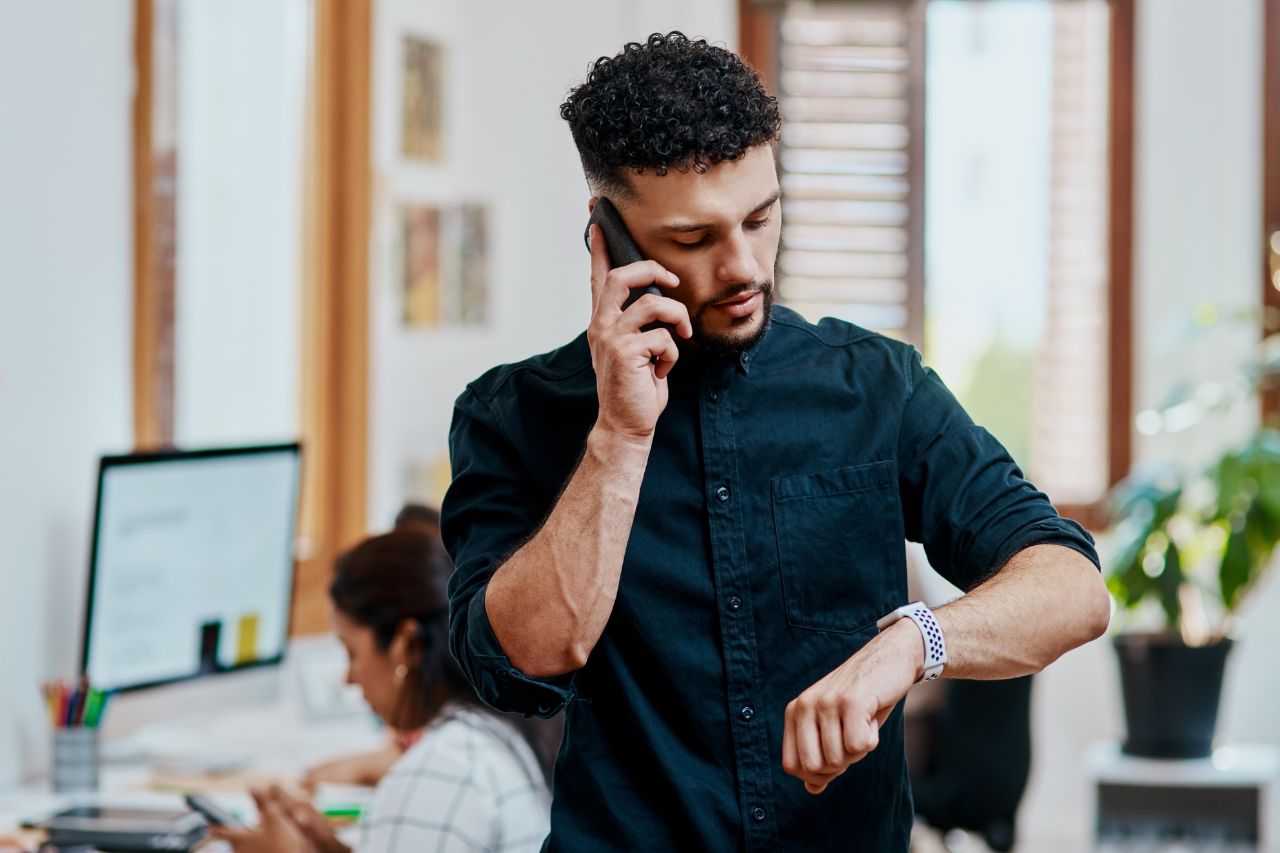How to Move a Piano: Complete Bluffton Guide from Montford Movers

A piano is more than a musical instrument, it’s often a family heirloom and a major investment. Whether you are moving an upright or a grand piano in Bluffton, relocating a piano requires knowledge, strength, and careful planning. These large, delicate instruments can weigh over 1,000 pounds, but even the smallest mistake can lead to costly repairs or injury. Montford Movers, experienced local piano movers, shares this comprehensive guide to help you move your piano safely, efficiently, and stress-free.
Whether you're moving an upright or a grand piano in Bluffton—or planning a move to surrounding areas like moving services in Margaritaville, SC — relocating a piano requires knowledge, strength, and careful planning.
Why Moving a Piano Requires Special Attention
Pianos are extraordinarily heavy, awkwardly shaped, and contain dozens of sensitive internal parts. Simply picking up and moving a piano like other furniture is a recipe for disaster. Without proper protective measures, a move can result in:
- Damage to the piano’s case, keys, or pedals
- Broken strings, soundboards, or action mechanisms
- Scratched floors and dented walls
- Personal injury from improper lifting or slipped grips
Montford Movers always urges Bluffton residents to treat a piano as a specialty item that deserves both respect and the right preparation.
Before the Move: What You’ll Need
Before you get started, gather all necessary supplies:
- Heavy-duty, padded moving blankets or comforters
- Sturdy moving straps and strong tape
- Thick gloves to protect hands and improve grip
- A four-wheel piano dolly for upright models or a piano skid/board for grands
- A team of at least 3–4 strong helpers
- Plywood sheets for bridges over thresholds or stairs if necessary
Clear the moving path of furniture, rugs, or obstacles. Measure every doorway, hallway, and staircase to make sure your piano will fit.
How to Move an Upright Piano
- Remove Accessories and Secure the Piano
Start by taking off the music stand, sheet music, and any loose parts on top of the piano. Chock the lid with padding and secure it shut. Confirm nothing is loose inside. - Wrap and Pad Thoroughly
Cover every surface with moving blankets or thick pads, then tape everything securely for full protection. Pads prevent nicks, dents, and scratches during bumps or scrapes. - Lift with Care and Teamwork
With at least three people, gently tilt the piano backward just enough to slide a dolly underneath. Never lift by the legs, they are fragile and can snap easily. Use lifting straps for extra support and control. - Move Slowly and Communicate
Keep the piano upright and steady while rolling it along the dolly. Watch for expansion joints, bumps, and thresholds, lay down plywood if needed for smooth rolling. - Tight Spaces and Stairs
For narrow doorways, move with extreme caution. If stairs are involved, have two team members below and one above. Tilt and advance one step at a time, keeping the instrument balanced and upright at all times. - Loading and Unloading
Back the vehicle as close as possible to the entry. Use ramps or boards if loading into a truck. Secure the piano inside the truck with additional straps and braces. Ensure it rests at a slight angle against the side wall, never lying flat. - Set Up in the New Location
Carefully reverse the process. Unwrap and inspect for any damage. Give the piano at least 24 hours to settle in its new environment before playing, temperature and humidity changes in Bluffton can cause the wood to expand or contract.
How to Move a Grand Piano
- Disassemble with Care
Lower and pad the lid, then remove the music rack, legs, and pedals as your team supports the body. Wrap all pieces separately with moving blankets and keep small hardware in a labeled bag. - Place on a Piano Board
Tilt the body gently onto its long side and secure it to a padded piano board with straps. Professional movers like Montford Movers use a dolly to roll the board to the door. - Wrap for Protection and Move Slowly
Cushion every contact point. Communicate before every move, each step needs team coordination. - Reassemble in the New Room
At your destination, carefully reattach legs, pedals, and other parts. Let the piano rest and acclimate to its new space for at least a day before tuning or regular use.
Pro Tips from Bluffton’s Piano Movers
- Never lift a piano by the legs or lose focus on balance, always use straps and support underneath, never the weakest points.
- Always keep the instrument upright, as tilting or laying on its back can cause internal damage.
- Avoid temperature extremes or humidity exposure during transit.
- Use thick pads and blankets to prevent cabinet and finish damage.
- After moving, arrange for a professional tuner to bring your piano back to its best sound.
Biggest Mistakes to Avoid When Moving a Piano
- Trying to move a piano alone
- Skipping padding or using insufficient wrap
- Ignoring path obstacles or tight angles in Bluffton homes
- Moving quickly, instead of slow, coordinated progress
- Not fully securing the piano in the truck
Montford Movers has seen these errors lead to costly, avoidable damage. Experience and preparation pay off.
When to Hire a Professional Mover
While DIY is possible with enough people and gear, hiring Montford Movers ensures every step is covered, from disassembly and secure transit to setup and reassembly. Our team carries insurance and uses professional-grade equipment for peace of mind. For stairs, complicated hallways, or high-value pianos, always call in the pros. Montford Movers also provides trusted moving services in Sun City, SC for residents seeking expert help with complex moves.
Bluffton Insights, Protecting Pianos in the Lowcountry
Bluffton’s mix of coastal humidity and seasonal temperature fluctuations means extra care for wood and finishes. Allow your piano to acclimate in your new space. For long moves or summer transport, store in a climate-controlled vehicle or arrange for expedited transit.
Montford Movers: The Bluffton Piano Moving Specialists
With deep experience in specialty moves, Montford Movers handles pianos for families, schools, and event venues. Our team is local, insured, and ready to handle any challenges Bluffton presents.
Call Montford Movers at (912) 793-1630 or email sales@montfordmovers.com for a custom quote or advice about your next piano move.
Frequently Asked Questions About Moving a Piano
How many people does it take to move a piano safely?
You should never move a piano with fewer than three or four strong helpers, especially for stairs or corners. Experienced movers use a team for balance, communication, and safety.
What are the most important steps for protecting a piano during a move?
Wrap the piano in blankets, secure with tape or straps, and always use a dolly or piano board. Never lift by legs or tilt too far upright, damage to the instrument or home is likely.
Will my piano need tuning after it’s moved?
Most pianos need tuning after a move due to vibrations and changes in humidity or temperature. Wait at least a day after your move for the instrument to acclimate before calling your tuner.
For every piano move in Bluffton, SC, trust Montford Movers, where every move is handled with professionalism, experience, and care.
%20(1).avif)
.avif)

.png)
%20(1).avif)








